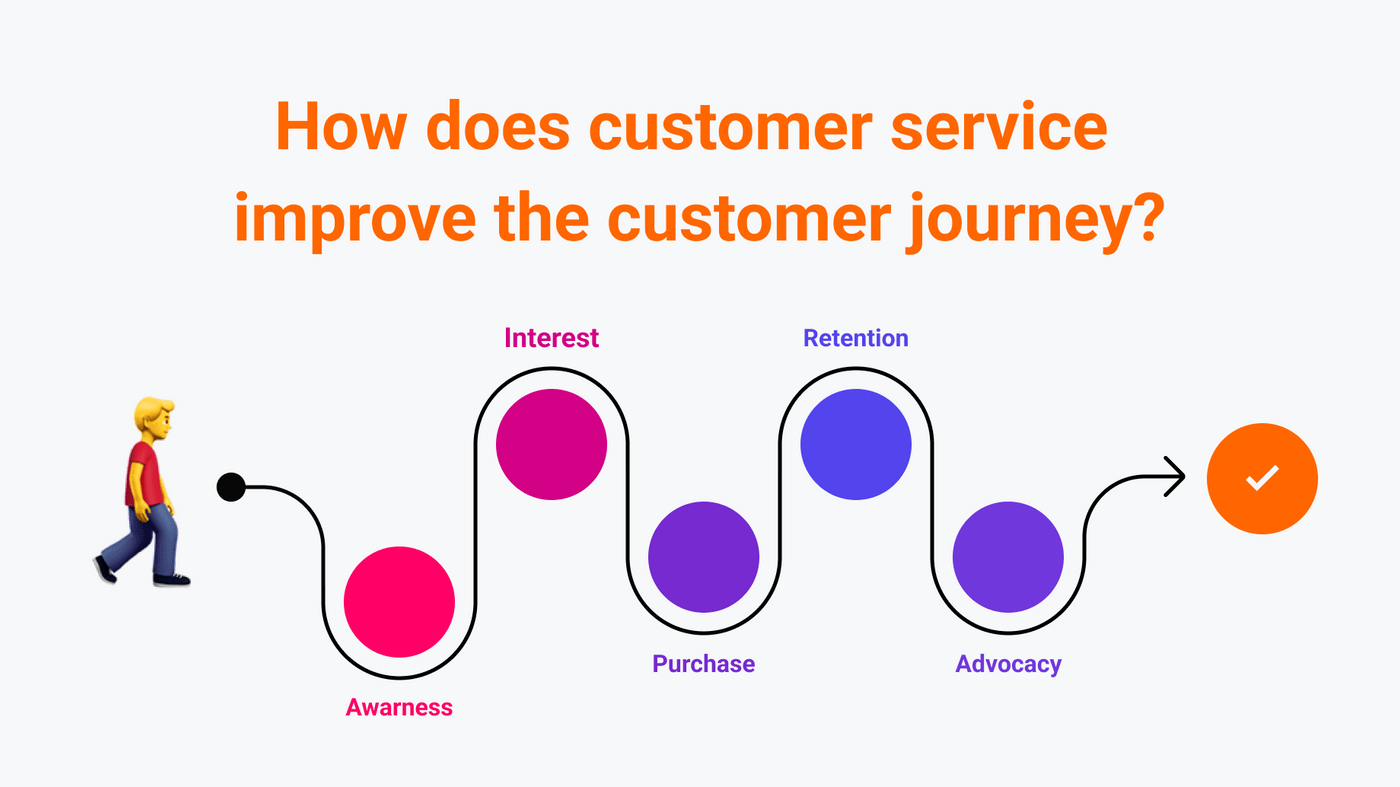Customer Service
Customer Experience (CX): The key to increasing customer loyalty and business success
Learn how outstanding customer experience (CX) increases customer satisfaction, fosters loyalty and maximizes business success. Discover proven strategies and trends for a first-class customer experience.

In today’s highly competitive business world, customer experience (CX) has become a key differentiator. CX encompasses all interactions a customer has with a company during their buying journey, from initial contact through the sales process to after-sales service.
A positive CX can promote customer loyalty and retention, while a negative experience can lead to customers switching to competitors. Therefore, it is crucial for companies to constantly monitor and improve their CX to ensure they are meeting customer expectations and needs.
Customer Experience Definition
Customer experience (CX) encompasses all interactions a customer has with a company during their buying journey, from marketing to sales to customer service.
CX involves prioritizing customers, managing their journeys and meeting their needs.
CX is crucial as it often determines customer loyalty and retention and influences whether customers stay with a brand or switch to competitors.
Key components of the CX
Customer journey
The customer journey is a key aspect of the customer experience (CX). It is the entire process that a customer goes through when interacting with a company, from the initial contact, to the purchase of a product or service, to after-sales support.
Understanding and mapping this journey is crucial to understanding how customers perceive a company and where improvements can be made.
By mapping the customer journey, companies can identify where positive interactions take place and where customers may encounter barriers. These insights can then be used to optimize the CX.
Customer feedback
Customer feedback plays a crucial role in improving CX. By collecting and analyzing feedback, companies can gain deep insights into the needs, wishes and expectations of their customers.
This can be done through various methods, such as surveys, ratings and reviews, social media and direct feedback.
The information gained can then be used to improve products or services, fix problems and ultimately increase customer satisfaction.
Consistency
Consistency is another important factor for a positive CX. Customers value consistent experiences across all touchpoints. This means that all interactions - whether online or offline, via social media, email, telephone or in person - should be of the same high quality.
Consistency creates trust and reliability in the relationship between the customer and the company. Companies should therefore ensure that their messages are consistent and that they offer uniform, high-quality experiences across all channels.
How to measure CX?
There are various methods for measuring CX. These include surveys such as the Customer Satisfaction Score (CSAT), Net Promoter Score (NPS) and Customer Effort Score (CES), which are used to gather customer feedback.
Analyzing data such as churn rates, customer lifetime value and resolution time metrics can highlight areas for improvement.
A/B testing can test different versions of customer-facing assets for effectiveness. Community forums can be used to gather customer information and feedback.
And finally, feedback from customer-facing employees can be used to improve the CX.
How important is the customer experience for customer service?
Customer experience (CX) is critical to customer service. In fact, it can be argued that it is at the heart of an effective customer service program. Here are some reasons why the CX is so important:
- Customer loyalty: A positive CX can help retain customers and increase their loyalty. When customers feel that a company understands and meets their needs, they are more likely to continue doing business with that company.
- Customer satisfaction: A good CX can increase customer satisfaction. Satisfied customers are more likely to leave positive reviews and recommend the company to others, which in turn can help attract new customers.
- Distinctive feature: In a competitive market, an excellent CX can help to set a company apart from its competitors. It can be a key feature that makes customers choose a particular company.
- Increase in sales: Finally, a strong CX can also help to increase sales. When customers have a positive experience with a company, they are more likely to spend more money and make more purchases.
Overall, CX is critical to customer service and should be at the center of all a company’s efforts to satisfy and retain its customers.
Good vs. bad customer experience
A good CX includes easy access to self-help resources, proactive communication, comprehensive support and personalized experiences.
A poor CX is characterized by a lack of self-help resources, long wait times, a lack of empathy from employees and ignoring customer feedback.
How can automated customer service improve the customer experience?
Automated customer service can improve the customer experience in many ways. First of all, it enables faster and more efficient processing of customer inquiries. Instead of having to wait until a human agent is available, customers can get immediate answers to their questions. This can be particularly useful for frequently asked questions or simple queries that can easily be answered by an automated system.
In addition, automated customer service can help make customer service available around the clock. Customers can submit their queries at any time of the day or night and receive immediate responses, regardless of the working hours of customer service staff. This can be especially important for companies that serve customers in different time zones.
Automated customer service can also help create personalized experiences. With the right data and algorithms, automated systems can collect and use information about customers’ preferences and behavior to provide tailored recommendations and advice.
Finally, automated customer service can help reduce human error. While human agents can make mistakes or provide inconsistent information, automated systems are usually more accurate and consistent in their responses.
However, it is important to note that automated customer service is not always the best solution for every situation. For more complex inquiries or when personal contact is required, human customer service may still be essential. Therefore, automated customer service should be seen as a complement to human customer service, not a replacement.
Improving the customer experience
There are various strategies for improving the CX. These include setting up feedback loops for continuous improvement based on customer feedback, ensuring a seamless, consistent experience across all channels, providing resources for customers to solve problems on their own, offering personalized experiences and communication, using AI-powered tools and automation to improve CX, providing proactive experiences by anticipating customer needs and solving problems before they escalate, and using data to improve understanding and optimization of CX.


